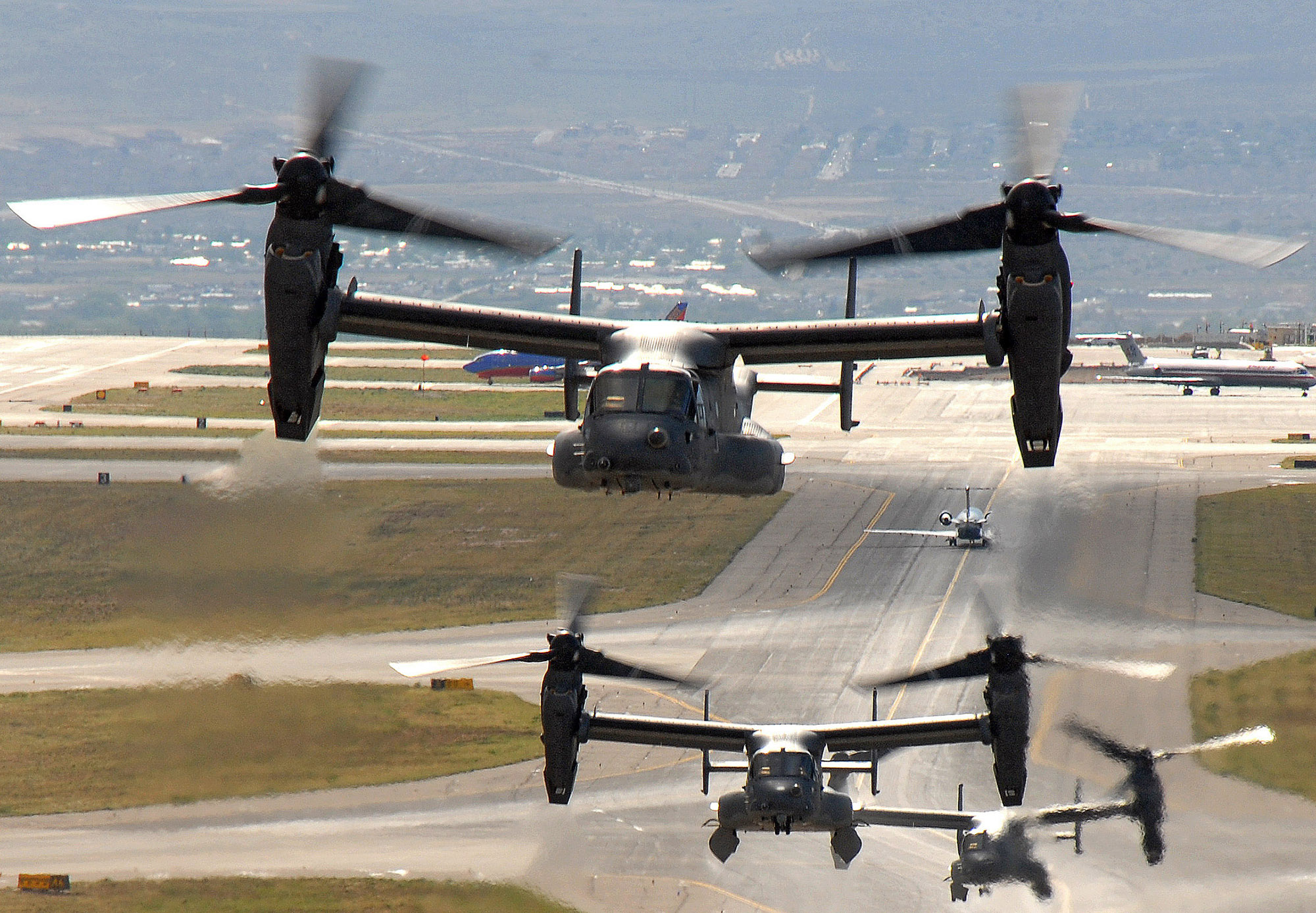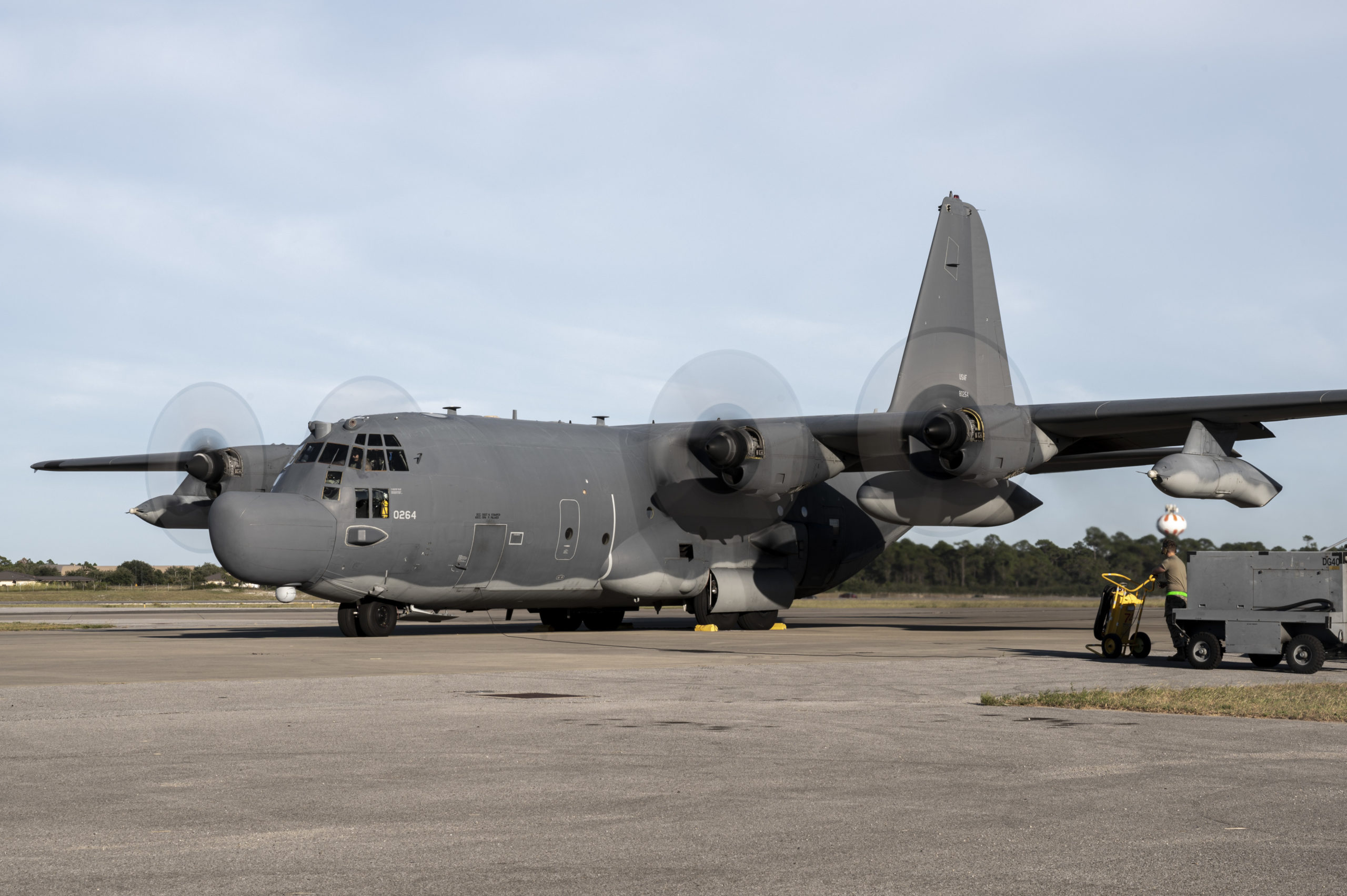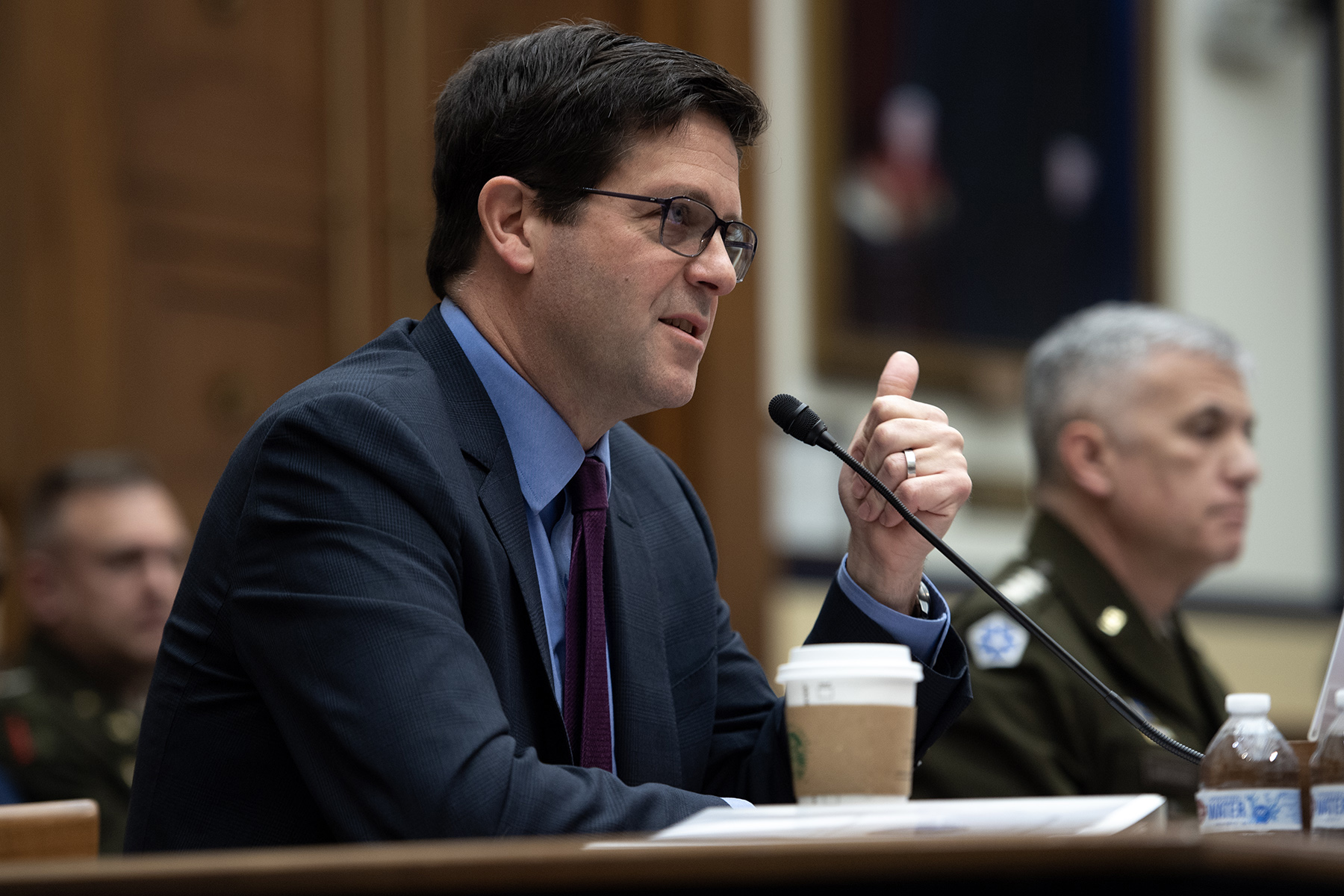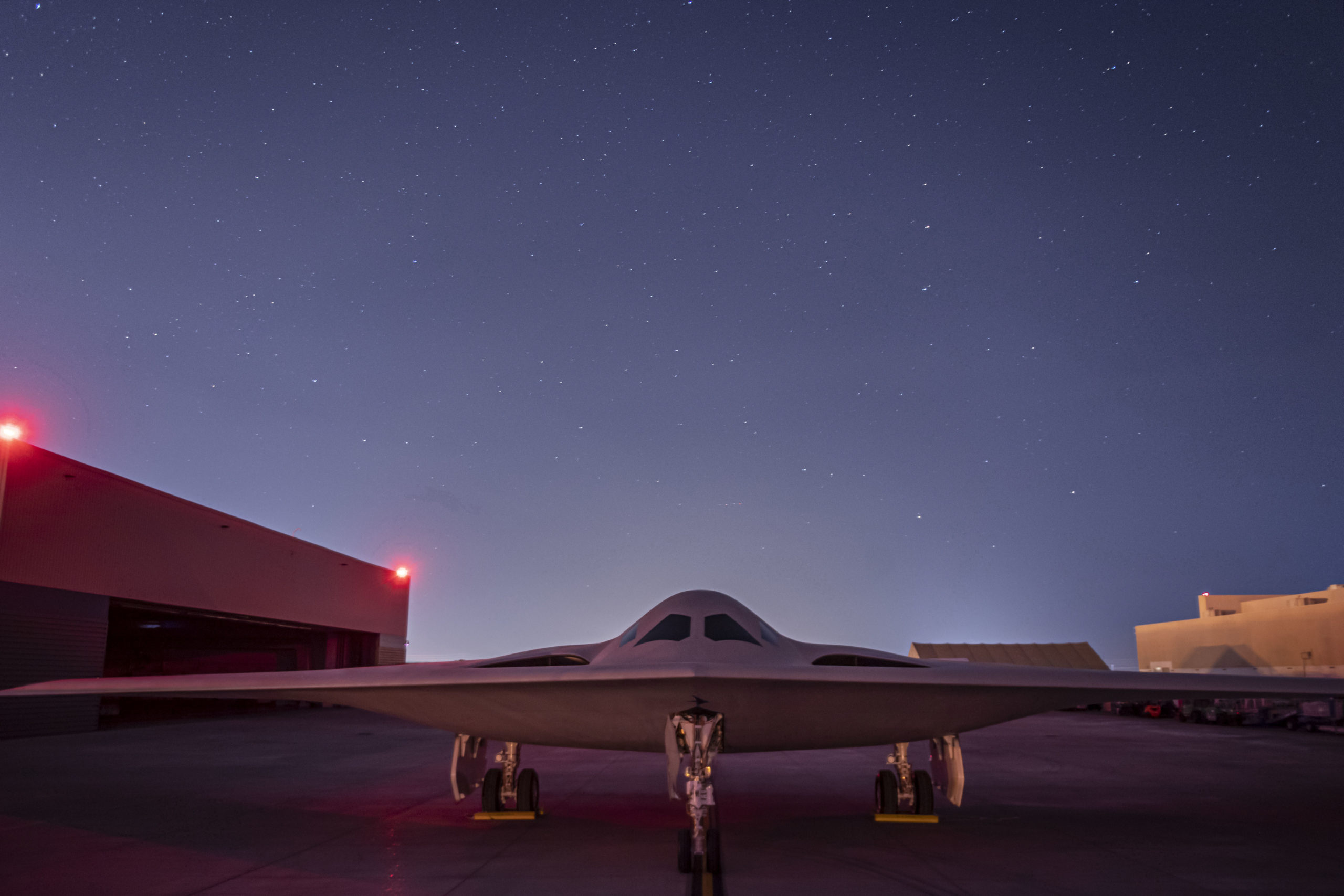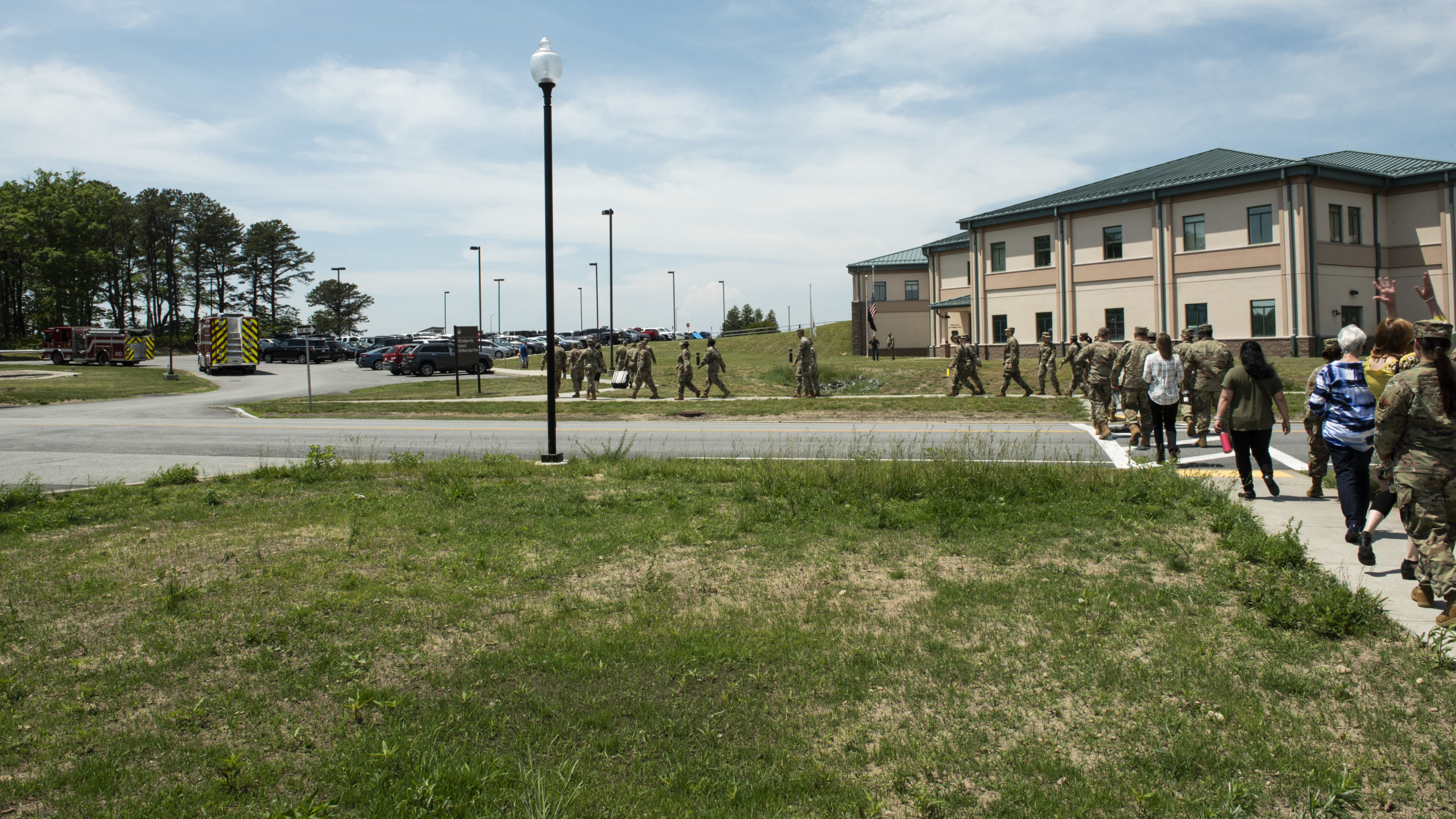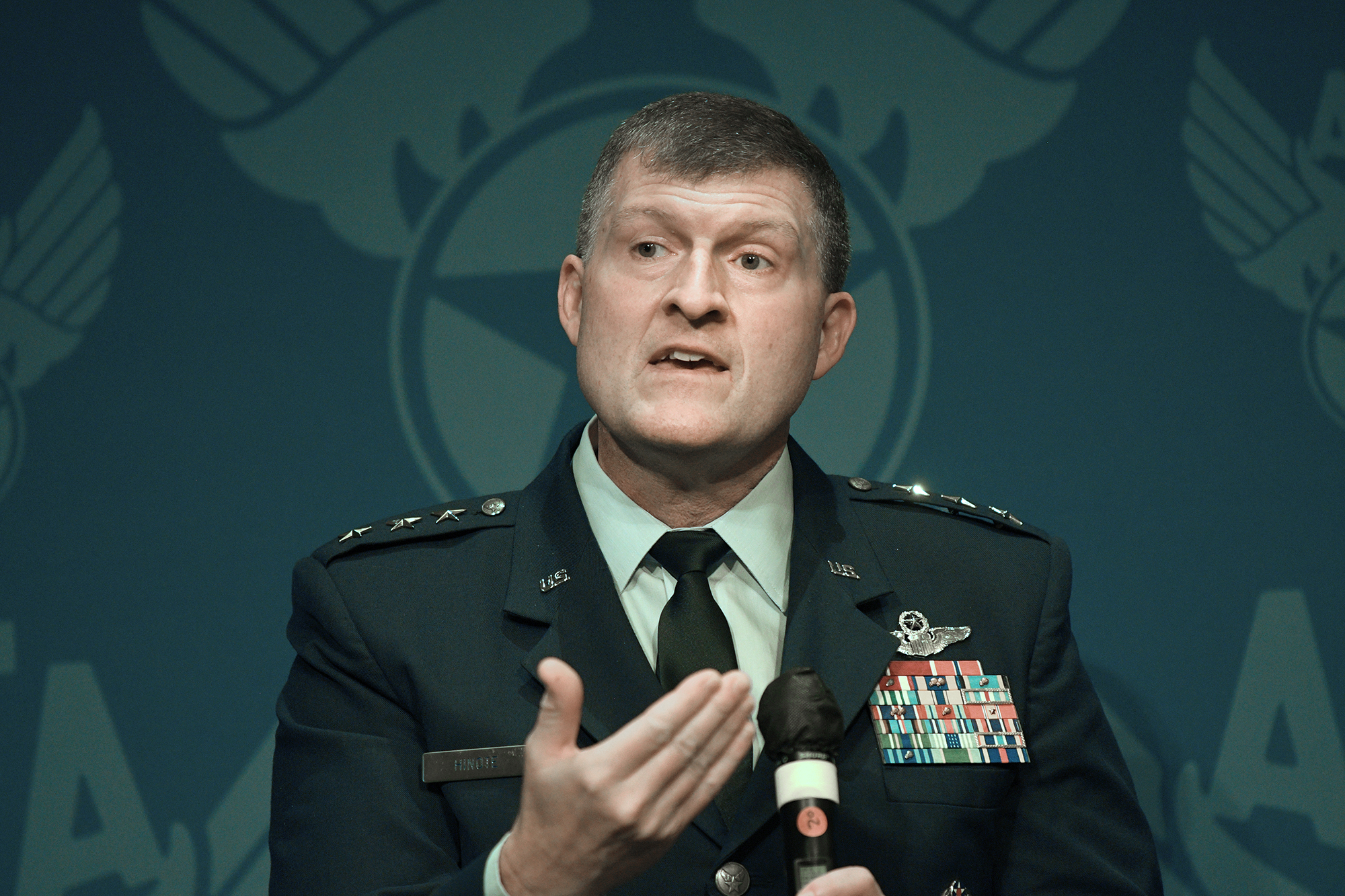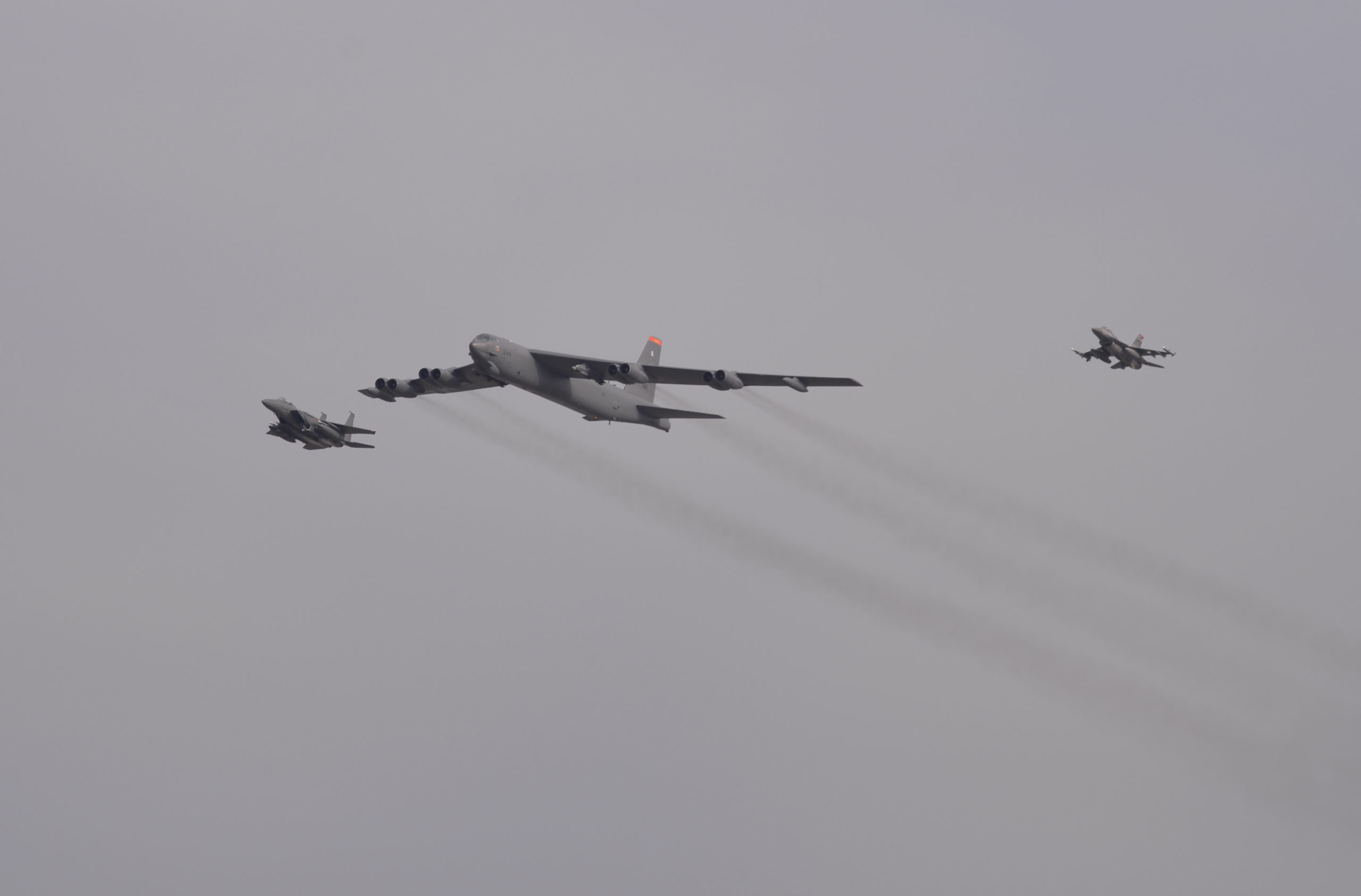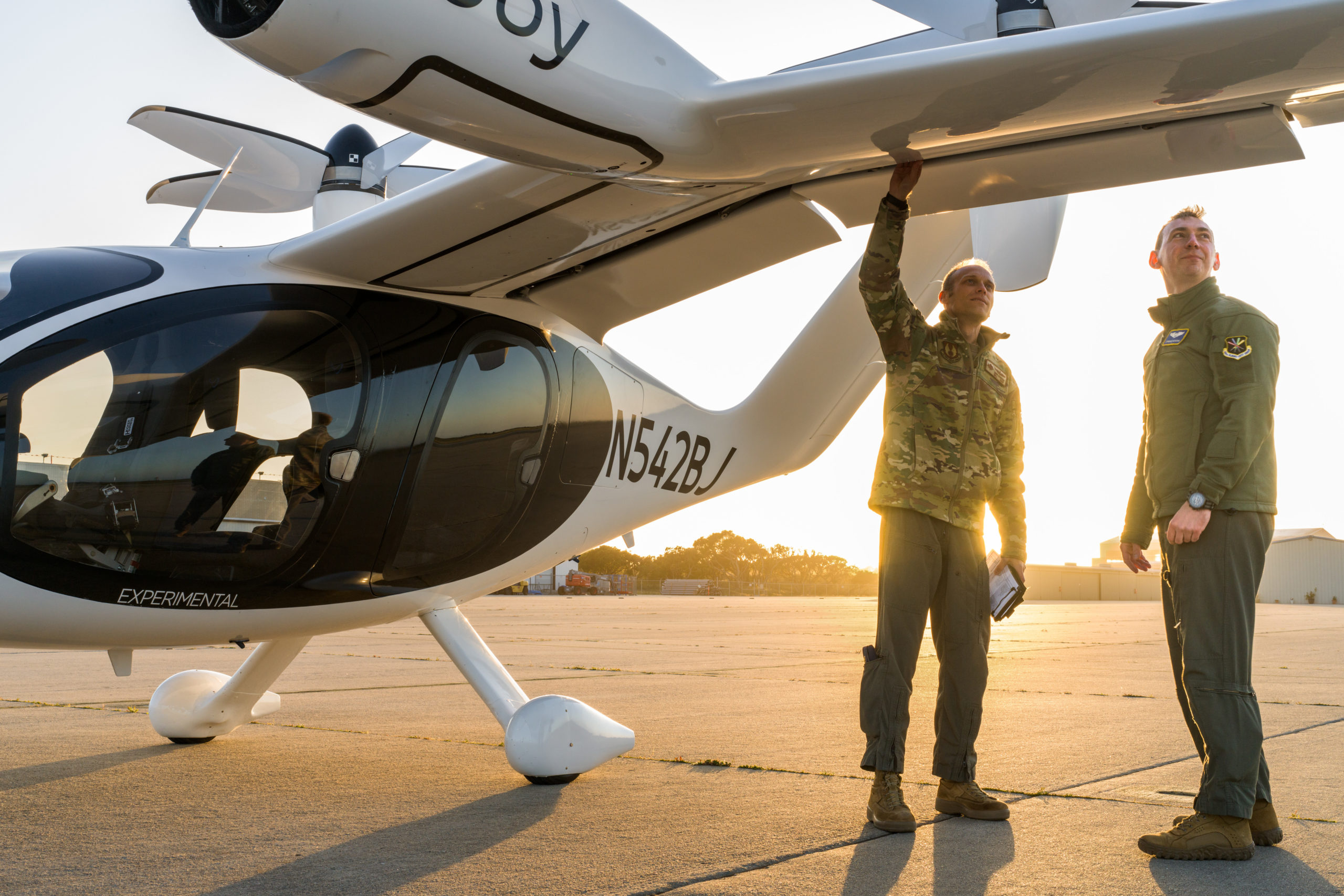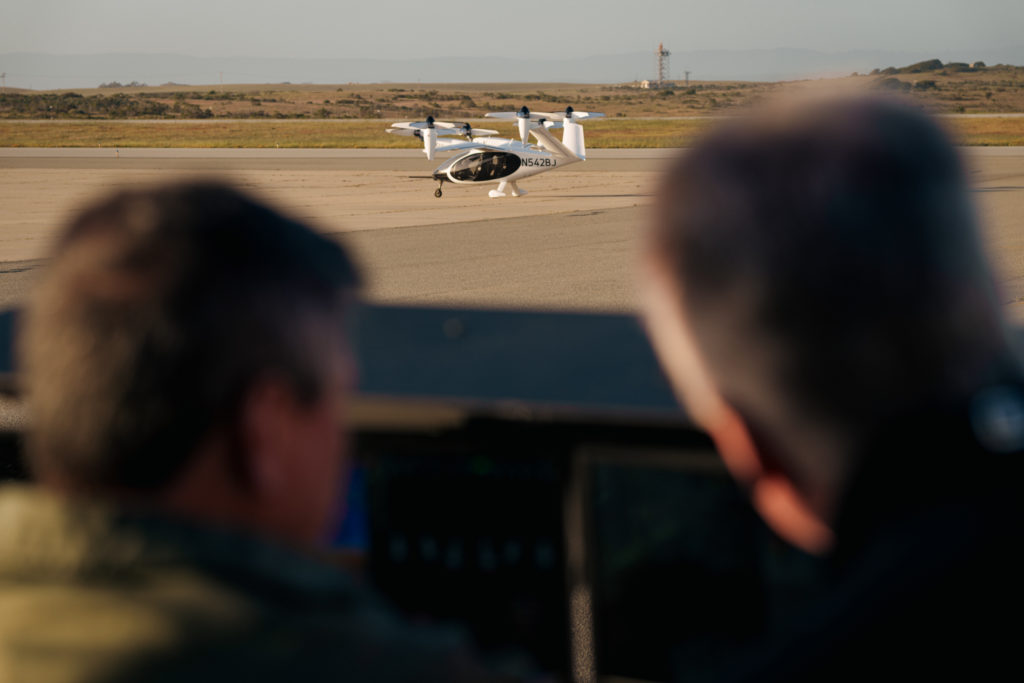The Air Force and the Space Force had a significant increase in reports of sexual assault last year, according to figures released April 27.
For fiscal 2022, the Department of the Air Force had the largest annual increase in the history of its Sexual Assault Prevention and Response (SAPR) program, which was created more than a decade ago to tackle the chronic issue of sexual assault and harassment in the military.
“Reports increased by 13 percent in FY 2022, the highest recorded value in the history of the DAF SAPR program,” Secretary of the Air Force Frank Kendall wrote in a memo to DOD leadership.
Overall, reports of sexual assault were up about 1 percent across the military—making the DAF an outlier. Air Force and Space Force numbers are counted together as a military department, unlike the other services.
“These increases in reporting demonstrate that while survivors are more willing to come forward, too many incidents are still occurring,” Kendall wrote. “This is unacceptable.”
Kendall’s letter was released as part of the Fiscal Year 2022 Department of Defense Annual Report on Sexual Assault in the Military.
According to the DOD, for every 1,000 Airmen and Guardians, 5.4 individuals reported a sexual assault in fiscal 2022, up from 4.6 in 2021, and 2.9 a decade ago. Reporting standards have varied over the years, however, and the services have sought to make sexual assault easier to report by decreasing stigma and adverse actions against those who report incidents.
Across the military, the vast majority of victims are women—79 percent. Most of the investigation subjects are male—80 percent.
The congressionally-required report contains reporting data, military justice case outcomes, and updates on the DOD’s efforts to prevent and respond to sexual assault. It does not examine the prevalence of sexual assault in the military, which the DOD “assesses via scientific survey and allows the Department to better understand the full scope of the problem.”
The Air Force’s increase is the highest in percentage among the services. In terms of total numbers, DOD recorded 1,928 reports of sexual assault in the Air Force in fiscal 2022. There were 329 investigations that were considered for possible action by a commander, and 218 were deemed as having evidence to support commander action, including 70 that led to the initiation of sexual assault-related court-martial charges, according to DOD data. (There were three additional “non-sexual assault” court-martial cases stemming from reports.)
Some victims make a restricted report—such as to victim advocates, sexual assault response coordinators, or healthcare providers—to enable confidential access to care and services.
“These reports are not referred for investigation and do not involve review by command authorities,” the Department of Defense notes in its report. “Given the desire for confidentiality, the victim is not asked to provide extensive details about the sexual assault.” Out of 1,928 reports, the Air Force had 864 that were restricted.
In 2022, the Department of Air Force changed its policies to make coming forward easier, including allowing for convalescent leave for Airmen and Guardians who report sexual assault and a new Safe-to-Report policy for service members or civilian workers to lessen fears of retaliation or negative impacts on their careers.
“The DAF aims to close the gap between prevalence and reporting while simultaneously working to decease prevalence of sexual violence,” Kendall wrote.
Overall, the DOD is relying more on nonjudicial punishments, though some advocates and lawmakers have pushed to hand over the cases to an independent office.
“That change was largely due to the perception that when a military commander makes these prosecution decisions, that they are not expert attorneys in these cases,” Dr. Nate Galbreath, deputy director of the Sexual Assault and Prevention and Response Office, told reporters.
Without an independent office, the DOD says it is working to improve its current team.
“The Department will also continue its efforts to professionalize the sexual assault response workforce, hire a dedicated integrated prevention workforce, and further assess the prevalence of sexual assault and sexual harassment in the force,” the Pentagon said in a statement.

